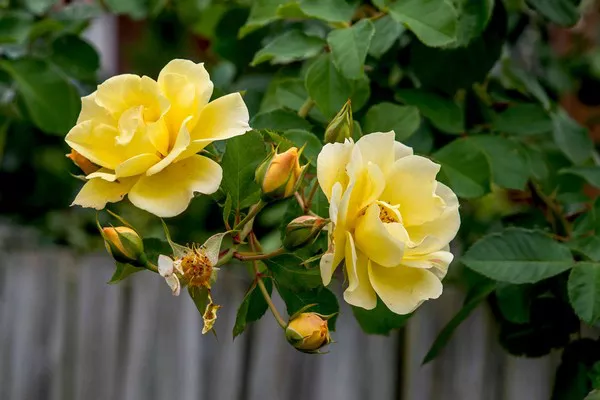Portulaca, commonly known as purslane or moss rose, is a vibrant and hardy plant that graces gardens, sidewalks, and wild landscapes across the globe. While admired for its ornamental value, purslane has also captured the attention of food enthusiasts and health-conscious individuals due to its edibility and nutritional benefits. This article delves into the culinary uses of portulaca flowers and explores its nutritional profile, culinary traditions, and potential health benefits.
1. Portulaca: A Nutritional Powerhouse
Purslane is a nutritional powerhouse, packed with essential vitamins and minerals. It is an excellent source of vitamins A, C, and E, as well as essential minerals like potassium, magnesium, and calcium. Additionally, it contains omega-3 fatty acids, which are rare in plant-based foods.
The vibrant colors of portulaca flowers signify the presence of antioxidants, such as beta-carotene and various flavonoids. Antioxidants play a vital role in neutralizing harmful free radicals in the body, which can help reduce oxidative stress and support overall health.
2. Purslane’s Culinary Delights
Fresh Salads
Portulaca flowers add a burst of color and a mild, tangy flavor to fresh salads. Their crunchy texture complements leafy greens and other vegetables, making them an attractive and nutritious addition to any salad bowl.
Garnishes
With their vibrant hues, portulaca flowers make delightful garnishes for a variety of dishes, from main courses to desserts. They can be sprinkled over soups, stews, and even fruit salads, elevating the presentation and adding a touch of freshness.
Pickled Purslane
In some cultures, portulaca flowers and leaves are pickled to preserve them and enhance their flavor. Pickled purslane can be enjoyed as a tangy and refreshing condiment or a side dish to accompany various meals.
Stir-Fries and Sautéed Dishes
Purslane’s tender leaves and flowers can be added to stir-fries and sautéed dishes, providing a subtle lemony taste and enhancing the overall nutritional value of the meal.
3. Cultural Culinary Traditions
Mediterranean Cuisine
In the Mediterranean region, purslane has been a part of traditional cuisine for centuries. It is commonly used in dishes like Greek “horta” (wild greens) and Turkish “semizotu” salads. The mild flavor of portulaca flowers complements the robust tastes of Mediterranean herbs and spices.
Asian Delicacies
Purslane is also featured in various Asian culinary traditions. In China, the plant is used in traditional medicine and cuisine, where it is stir-fried with garlic and other vegetables. In India, it is known as “luni bhaji” and used in curries and side dishes.
Middle Eastern Delights
In Middle Eastern countries, portulaca flowers are often included in salads, stews, and rice dishes. Purslane’s resilience and ability to grow in arid regions have made it a staple in the diets of many communities.
4. Purslane’s Health Benefits
Heart Health
The omega-3 fatty acids found in portulaca flowers are beneficial for heart health. They can help reduce inflammation, lower blood pressure, and improve overall cardiovascular health.
Weight Management
Purslane’s nutritional profile, including its low calorie and high fiber content, makes it an excellent addition to a balanced diet for those seeking to manage their weight. The fiber in purslane helps promote feelings of fullness and supports healthy digestion.
Skin Health
The presence of antioxidants, vitamins A, C, and E, and other nutrients in portulaca flowers makes them beneficial for skin health. These compounds can help combat free radicals, promote collagen production, and contribute to radiant and youthful-looking skin.
5. Precautions and Allergies
While portulaca flowers are generally safe to eat and enjoy, some individuals may experience allergic reactions to certain plants in the purslane family. As with any new food, it is best to consume a small amount initially and observe for any adverse reactions.
6. Foraging and Identifying Edible Purslane
When foraging for portulaca flowers or any wild plant, it is crucial to ensure proper identification to avoid consuming toxic species. Edible purslane can be distinguished by its fleshy, succulent leaves and small, bright flowers. If unsure, seek guidance from experienced foragers or consult local plant identification resources.
Conclusion
Portulaca flowers, also known as purslane, offer a delightful blend of culinary versatility and nutritional value. From fresh salads to pickled condiments, this hardy and edible plant has found its place in diverse culinary traditions worldwide. Rich in essential vitamins, minerals, and antioxidants, portulaca flowers not only enhance the flavor of dishes but also contribute to overall health and well-being. Whether enjoyed as a vibrant garnish or a nutritious main ingredient, the edible delights of portulaca are a wonderful addition to any meal.


